 "ttyymmnn" (ttyymmnn)
"ttyymmnn" (ttyymmnn)
07/10/2015 at 13:45 • Filed to: planelopnik, planelopnik history
 10
10
 8
8
 "ttyymmnn" (ttyymmnn)
"ttyymmnn" (ttyymmnn)
07/10/2015 at 13:45 • Filed to: planelopnik, planelopnik history |  10 10
|  8 8 |
This is today’s Aviation History Speed Round , getting you caught up on milestones and important historical events in aviation from July 8 through July 10.
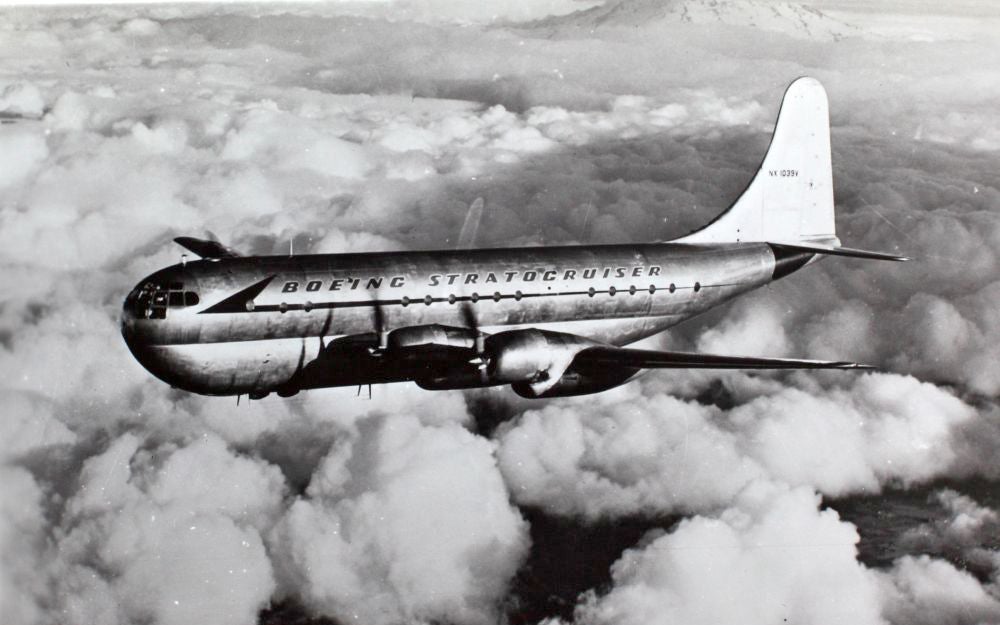
July 8, 1947 – The first flight of the Boeing 377 Stratocruiser. With the end of WWII, interest in civilian aviation took over from production of military hardware, and new airliners started coming into service. The Stratocruiser was a derivative of the Model 367 cargo aircraft which served the military as the C-97 and first flew in 1944. While double-decker seating wasn’t necessarily an innovation (earlier large flying boats such as the !!!error: Indecipherable SUB-paragraph formatting!!! had two decks), the 377 was one of the first postwar airliners to feature a lower seating area that accommodated 14 passengers in a lower deck lounge. The supercharged Pratt & Whitney Wasp Major engines provided a higher level of pressurization for the cabin passengers, as well as air conditioning. Pan Am was the launch customer for the 377, ordering 20 Stratocruisers in 1945, and by the sixth year of operation the aircraft had carried over 3 million passengers, completed almost 3600 transcontinental flights and over 27,000 translatlantic flights. As with other propeller-powered airliners, the 377 was eventually phased out with the arrival of jet-powered airliners, and its last passenger flight was in 1954. The 377 still lived on, though, as the basis for the line of oversized !!!error: Indecipherable SUB-paragraph formatting!!! cargo carriers.

July 8, 1947 – The Roswell Daily Record reports that a UFO crash landed in Roswell, New Mexico . The Roswell Incident is the grandaddy of all UFO sightings, and one of the reasons for the continuing interest in the study of UFOs (there’s even a branch of study called ufology ). The craze started in 1947 when a rancher outside of Roswell, NM reported finding pieces of what he thought was a flying saucer. He reported the incident, and members of the US military arrived and quietly took all the pieces of metal and other debris away. Conjecture immediately started that the debris was from an alien spacecraft, or “flying disk,” that was observing US nuclear facilities and crashed during a violent thunderstorm. The local newspaper reported the discovery of a flying saucer, and the legend took off. The government initially covered up the true nature of what the rancher found, stating that it was imply parts of a crashed weather balloon. Recently released documents now explain that the balloon was actually carrying secret listening devices to detect Soviet nuclear tests, part of what the USAAC called !!!error: Indecipherable SUB-paragraph formatting!!! . Other reports that actual aliens had been found in the wreck are most likely due to weighted mannequins that were dropped from Air Force planes to test the the effects of high-altitude ejections from aircraft. In spite of—or because of—the official explanations, ufologists remain incredulous of the government explanations, and the belief that an actual spacecraft did indeed crash, with alien occupants, persists.
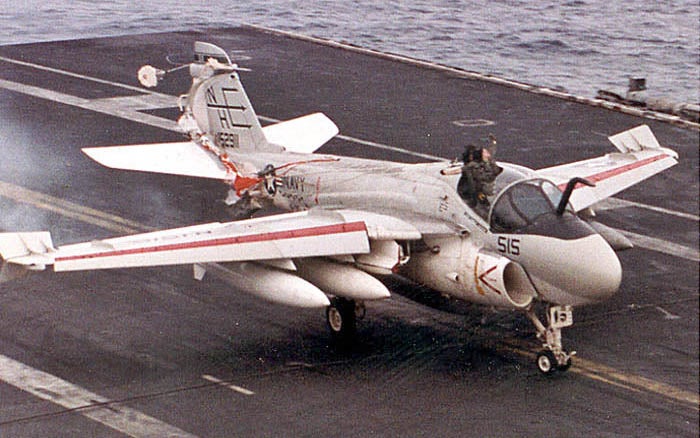
July 9, 1991 – Bombardier-Navigator Lt. Keith Gallagher suffers a partial ejection from a US Navy Grumman KA-6D Intruder. Modern ejection seats are, by and large, extremely safe and effective, and many military flyers owe their lives to their correct operation. But when a malfunction does occur, the results can be catastrophic. While flying a routine mission from the carrier USS Abraham Lincoln , Lt. Keith Gallagher, the right-seat bombardier-navigator in a Grumman KA-6D Intruder, the aerial tanker version of the Navy attack plane, was partially ejected through the canopy of his aircraft when the ejection seat malfunctioned. Normally, the canopy would be jettisoned first, and the pilot follows. But not this time. As the aircraft flew at 230 knots, about 264 mph, Gallagher found himself stuck in the broken canopy, arms flailing in the gale outside the aircraft. His helmet and air mask had been ripped off, and he could not breathe because of the wind blasting into face. Lt. Mark Baden, the KA-6D’s pilot, announced his emergency and was immediately routed back to the carrier, where he managed to land safely, with Gallagher sticking out of the cockpit, yet miraculously still alive. Gallagher suffered paralysis in half of his right arm, and damage to his left shoulder, as well as significant facial injuries. After about 6 months of recovery, Gallagher flew again. (You can read a full account of the incident !!!error: Indecipherable SUB-paragraph formatting!!! , with accounts from both crew members.)
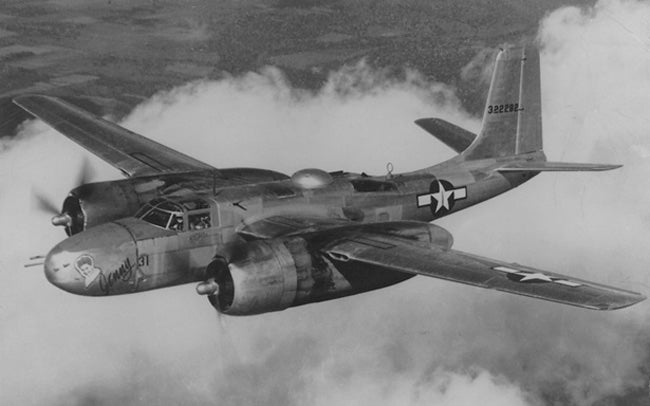
July 10, 1942 – The first flight of the Douglas A-26 Invader. The Invader was designed in part by the brilliant Douglas engineer Ed Heinemann as a fast, powerful attack aircraft, and one that was unusual for its era in that it had a single pilot for a plane of its size. The Invader was powered by a pair of Pratt & Whitney Wasp Major radial engines, featured an laminar flow wing, and was capable of carrying twice the bomb load specified in its development. The A-26 was produced in two main versions. The first had a plexiglass nose which housed a Norden bomb sight and was employed in traditional, medium-level bombing missions. The second had a solid nose and was armed with up to eight .50 caliber machine guns. Later versions mounted an additional six .50 caliber machine guns in the wings, for a total of fourteen forward-firing guns, making it a formidable ground attack aircraft. Delivery of the Invader began in August of 1943, with the first action occurring in June 1944 over the Pacific. Subsequent deliveries of aircraft were sent to units in Europe, and the A-26 served throughout the rest of the war. After WWII, the Invader saw service in Korea and Vietnam, plus numerous other Cold War conflicts. Almost 2,500 Invaders were produced, and the aircraft served as late as 1980 with the Colombian Air Force.
Short Take Off

July 8, 2011 – The launch of Space Shuttle Atlantis , the final flight of the Space Shuttle Program. Originally envisioned for a 15-year lifespan, the first orbiter, Columbia , launched on April 12,1981. Over the course of 135 missions, two accidents claimed the lives of 14 astronauts.
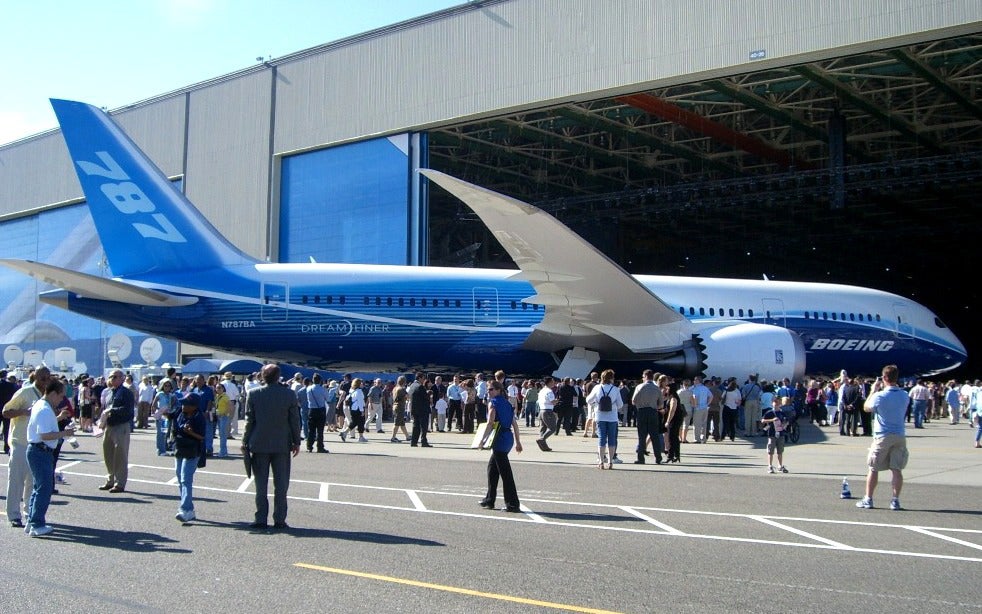
July 8, 2007 – The roll out of the Boeing 787 , Boeing’s latest wide-body airliner, built largely from composite materials. The first flight occurred on December 15, 2009, and 282 are now in service worldwide. (Photo by I, Yasobara via !!!error: Indecipherable SUB-paragraph formatting!!! )
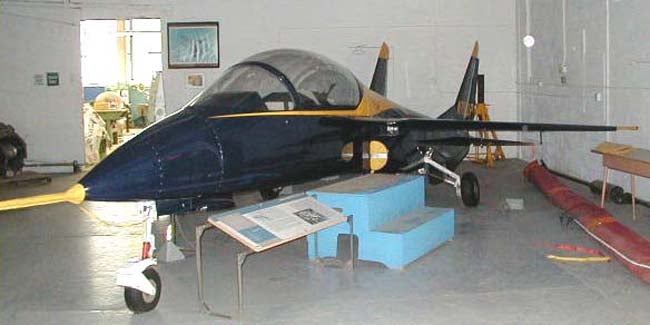
July 8, 1992 – The first flight of the Bede BD-10. The BD-10 was an attempt to produce the first jet-powered supersonic kit-built aircraft. Five were built, though the aircraft never entered production.
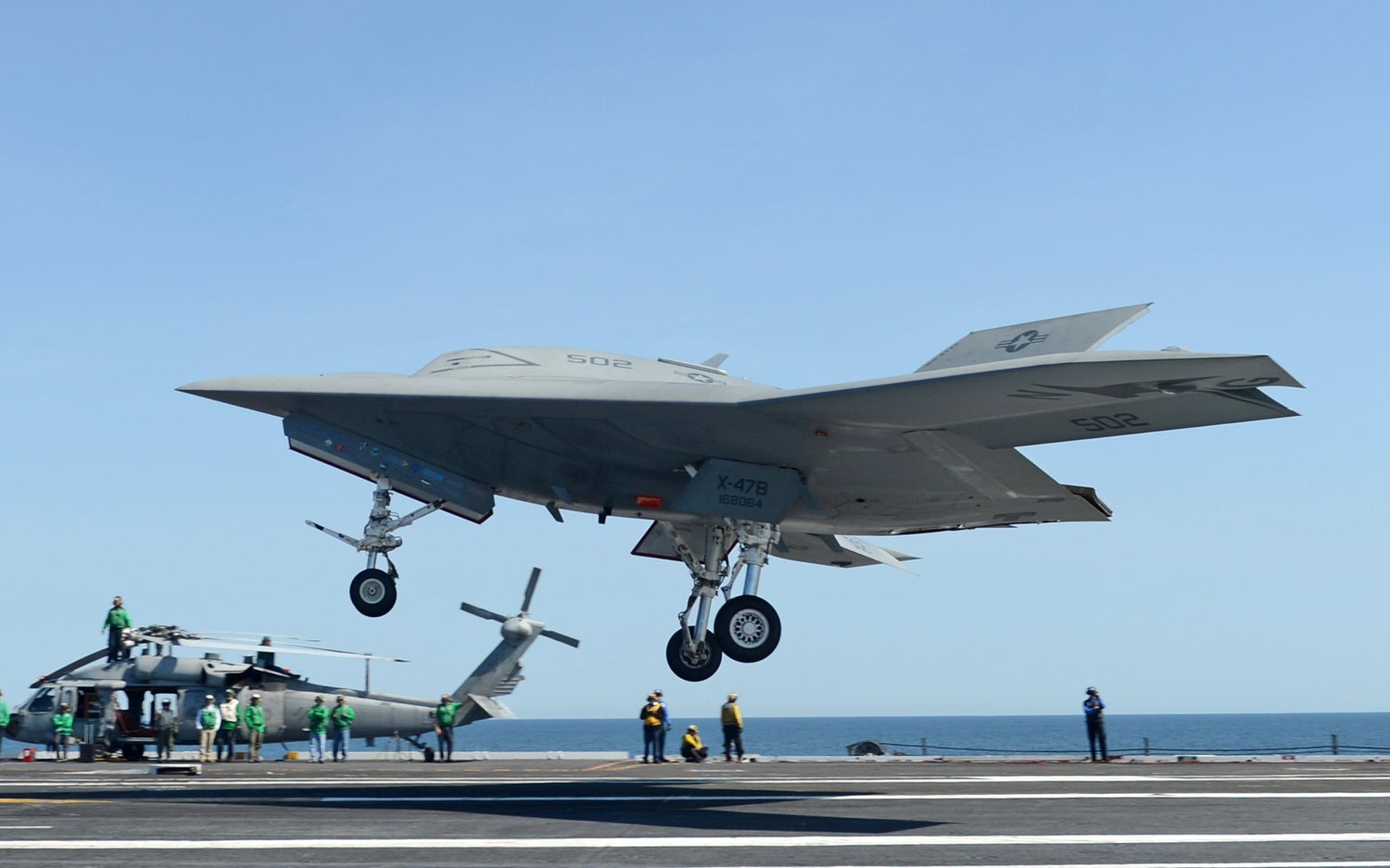
July 10, 2013 – The Northrop Grumman X-47B unmanned combat air vehicle lands aboard USS
George H.W. Bush
. The X-47B has since completed fully autonomous takeoffs and aerial refueling, and while the X-47B program has finished, the Navy plans to field a fleet of UCAVs by 2020.
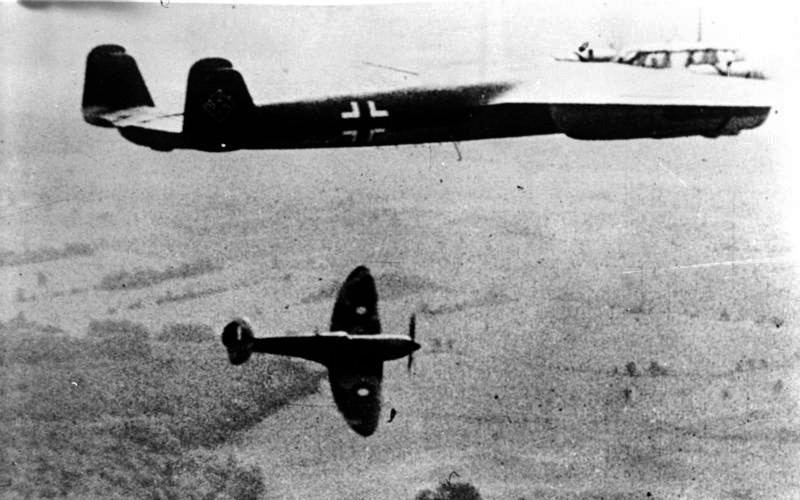
July 10, 1940 – The first attacks of the Battle of Britain are carried out by the Luftwaffe. The Germans hoped to gain air superiority in the skies over England, but after initially focusing on the RAF, the Luftwaffe switched to bombing cities. They never realized their goal of aerial supremacy, and canceled their proposed invasion of England. (Photo from Bundesarchiv via !!!error: Indecipherable SUB-paragraph formatting!!! )
••••••••••••••••••••••••••••
If you enjoy these Aviation History posts, please let me know in the comments. And if you missed any of the past articles, you can find them all at !!!error: Indecipherable SUB-paragraph formatting!!! .
All photos are Public Domain or taken by the author unless otherwise credited.
 Racescort666
> ttyymmnn
Racescort666
> ttyymmnn
07/10/2015 at 14:19 |
|
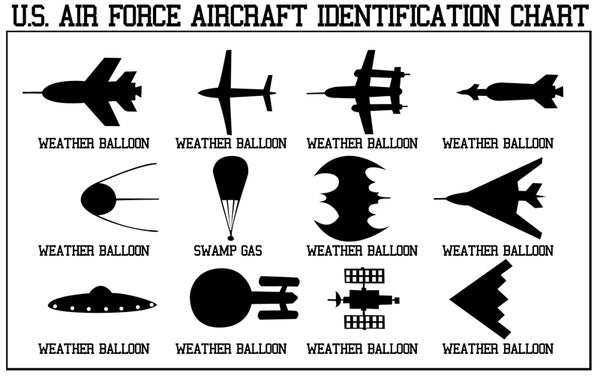
Best misdirection ever. They don’t even have to say anything and it perpetuates itself.
 Jcarr
> ttyymmnn
Jcarr
> ttyymmnn
07/10/2015 at 14:30 |
|
Ironic that Jim Bede would die the day after the anniversary of one of his most controversial projects.
Also, I saw that very 787 at Oshkosh in 2011.
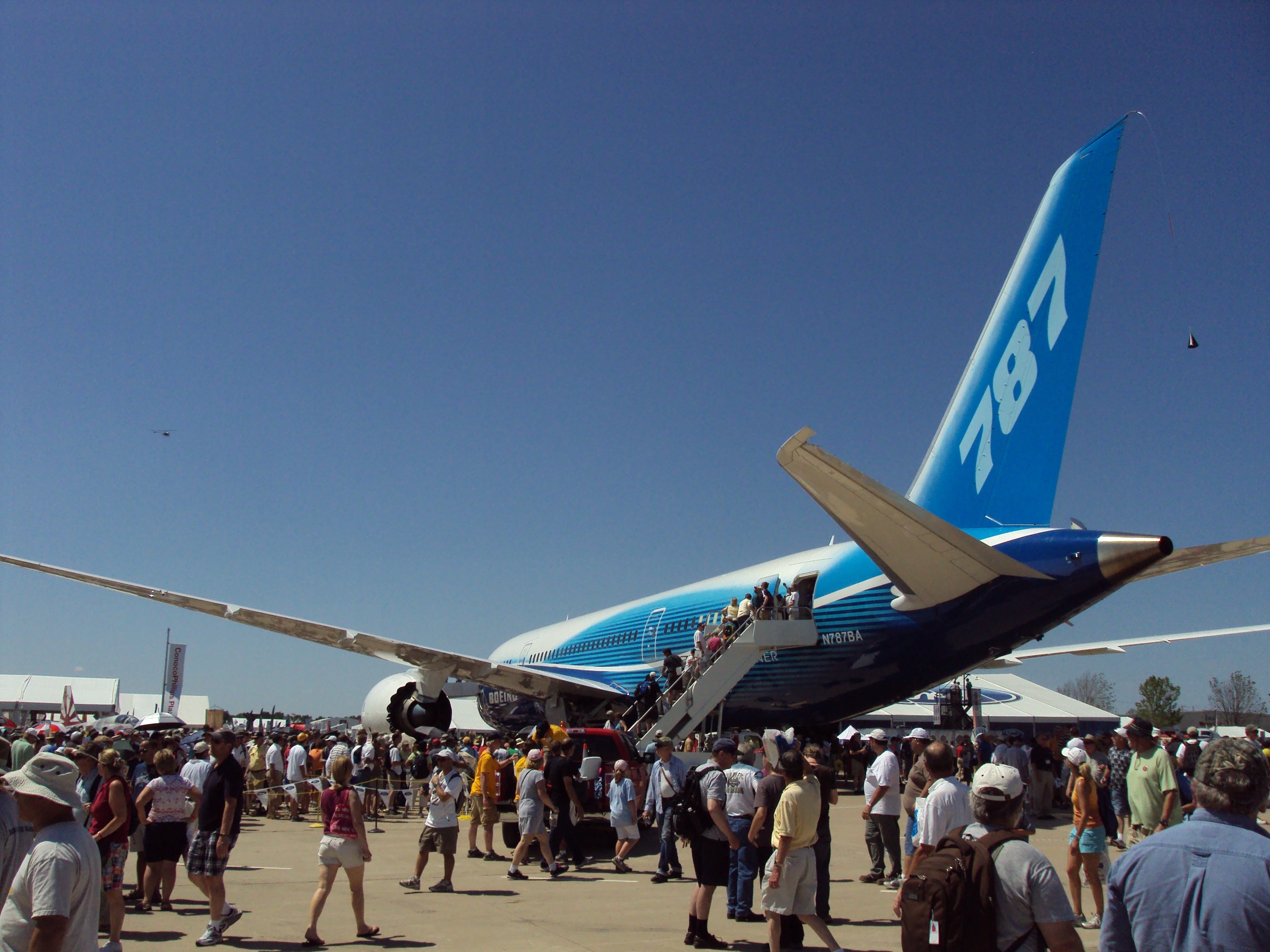
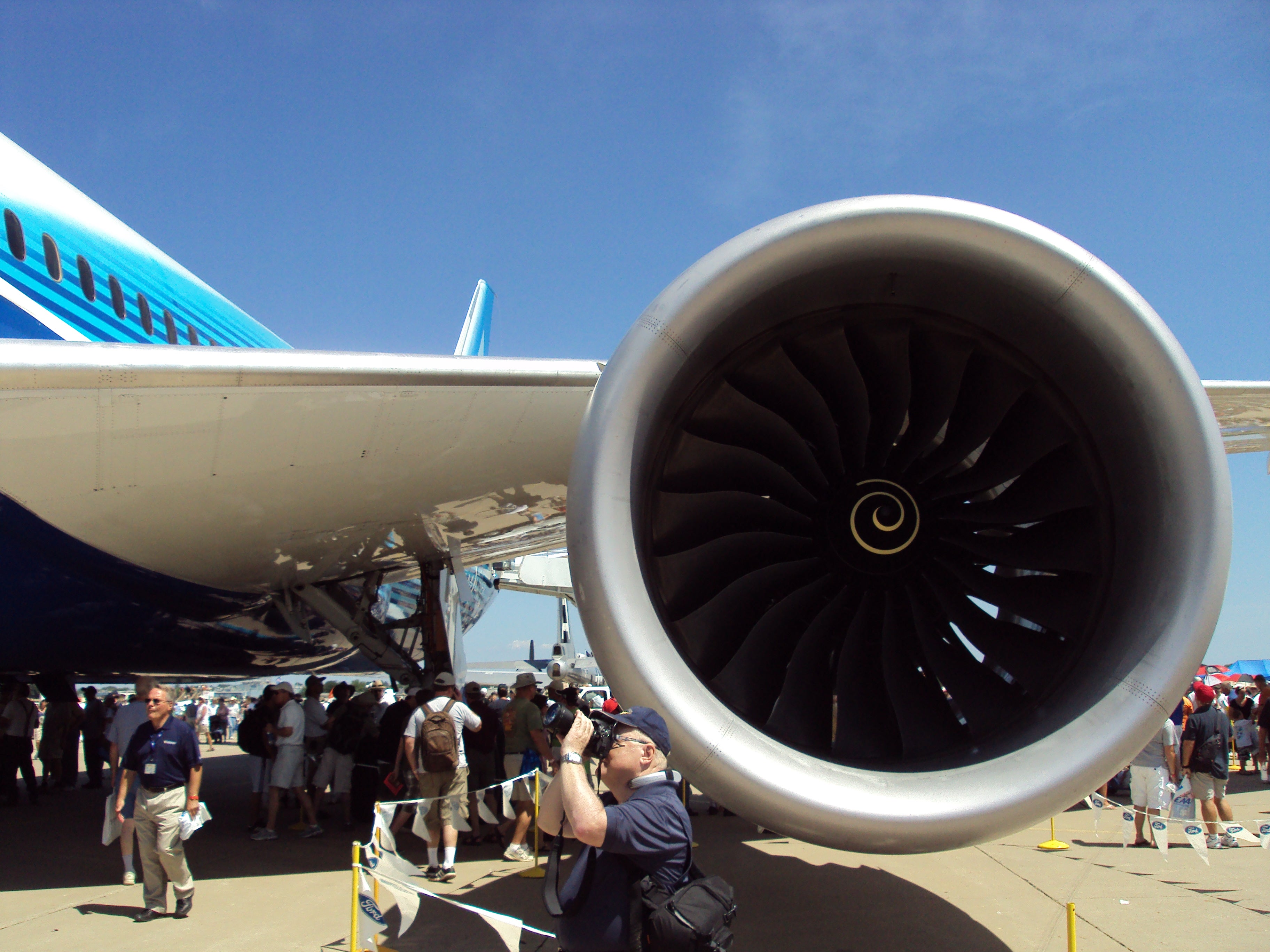
 uofime-2
> Jcarr
uofime-2
> Jcarr
07/10/2015 at 14:41 |
|
cool picture of that engine. I’ve never so clearly seen the light through the bypass!
 NotUnlessRoundIsFunny
> ttyymmnn
NotUnlessRoundIsFunny
> ttyymmnn
07/11/2015 at 09:50 |
|
Really well-written and enjoyable post, as always. Great work.
 bubblestheturtle
> ttyymmnn
bubblestheturtle
> ttyymmnn
07/11/2015 at 16:55 |
|
BD-10. Sad it did not make production, but the early breakups were a bit of a problem.
 ttyymmnn
> bubblestheturtle
ttyymmnn
> bubblestheturtle
07/11/2015 at 23:05 |
|
I can see how something like that might affect sales.
 ttyymmnn
> NotUnlessRoundIsFunny
ttyymmnn
> NotUnlessRoundIsFunny
07/11/2015 at 23:07 |
|
Thanks. I’m glad you’e enjoying them.
 NotUnlessRoundIsFunny
> ttyymmnn
NotUnlessRoundIsFunny
> ttyymmnn
07/12/2015 at 03:29 |
|
Also, that partial ejection story is horrifying! Glad the guy recovered.